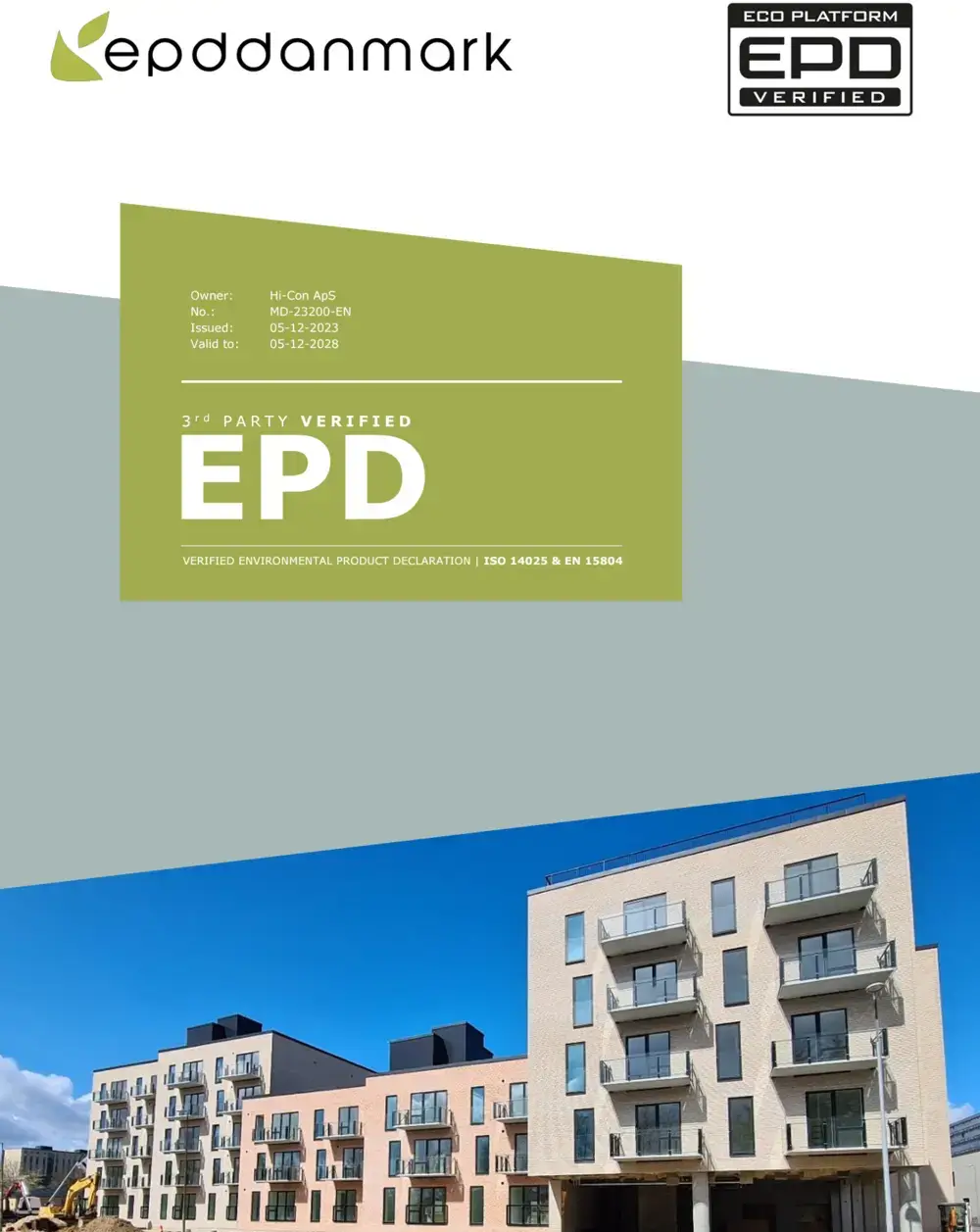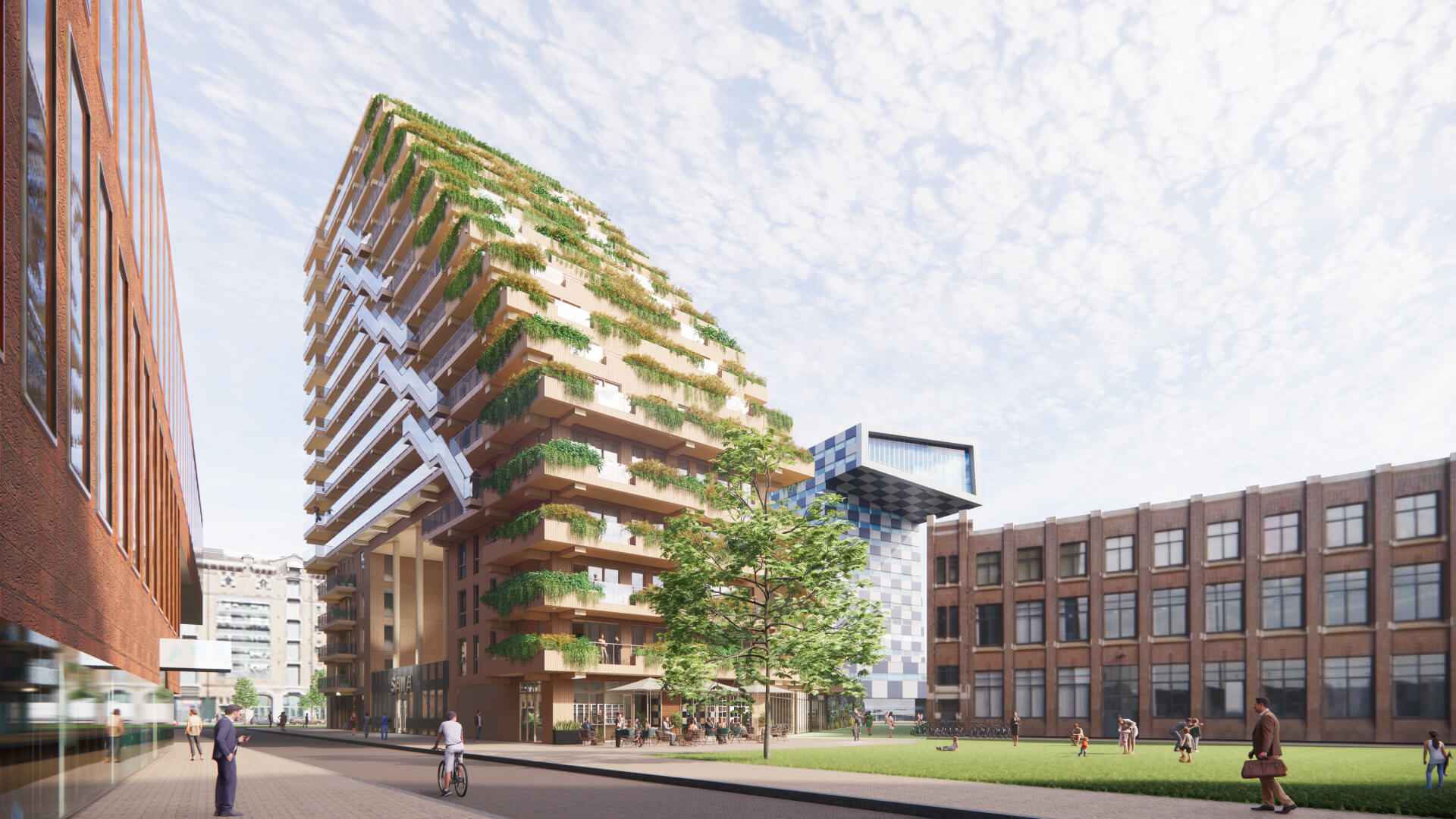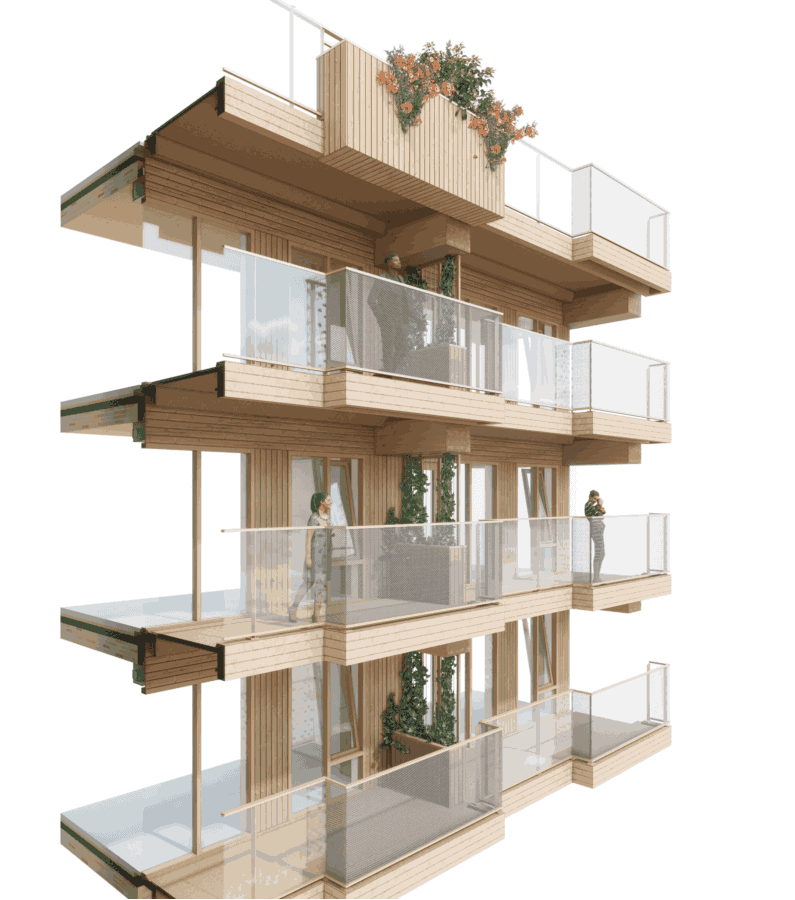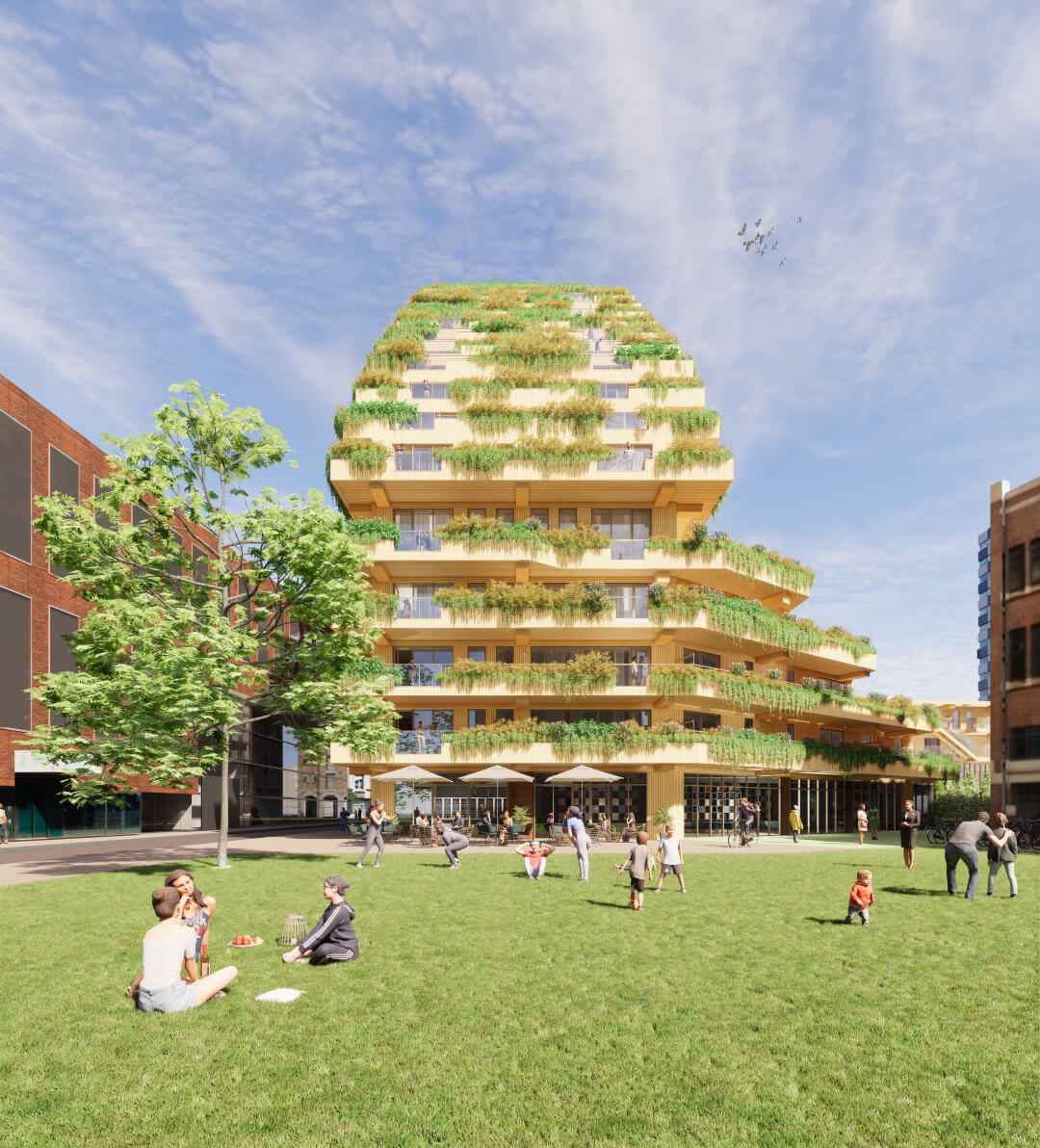
20. december 2023

Naarmate duurzame bouwpraktijken steeds meer aandacht krijgen, neemt het gebruik van Cross Laminated Timber (CLT) toe. Deze populariteit komt door de vele voordelen van CLT, die in combinatie met Ultra-Hogesterktebeton (UHSB) nog verder worden versterkt.
Cross Laminated Timber (CLT) is een bouwmateriaal dat bestaat uit houten planken die op elkaar worden gelijmd en waarbij elke laag haaks op de vorige wordt geplaatst. Dit creëert een element met grote trek- en druksterkte, waardoor het geschikt is voor verschillende bouwprojecten - zowel op grote als kleine schaal.
CLT wint aan populariteit in de bouwsector, niet alleen vanwege het unieke uiterlijk en de sterkte, maar ook vanwege de duurzaamheid. Het materiaal is gemaakt van hernieuwbare grondstoffen en vereist geen verbranding van fossiele brandstoffen tijdens de productie, wat het een verantwoord bouwmateriaal maakt voor projecten.



Wij staan klaar om je met jouw project te helpen!
VUL HET FORMULIER HIERONDER IN EN WIJ NEMEN CONTACT MET JE OP